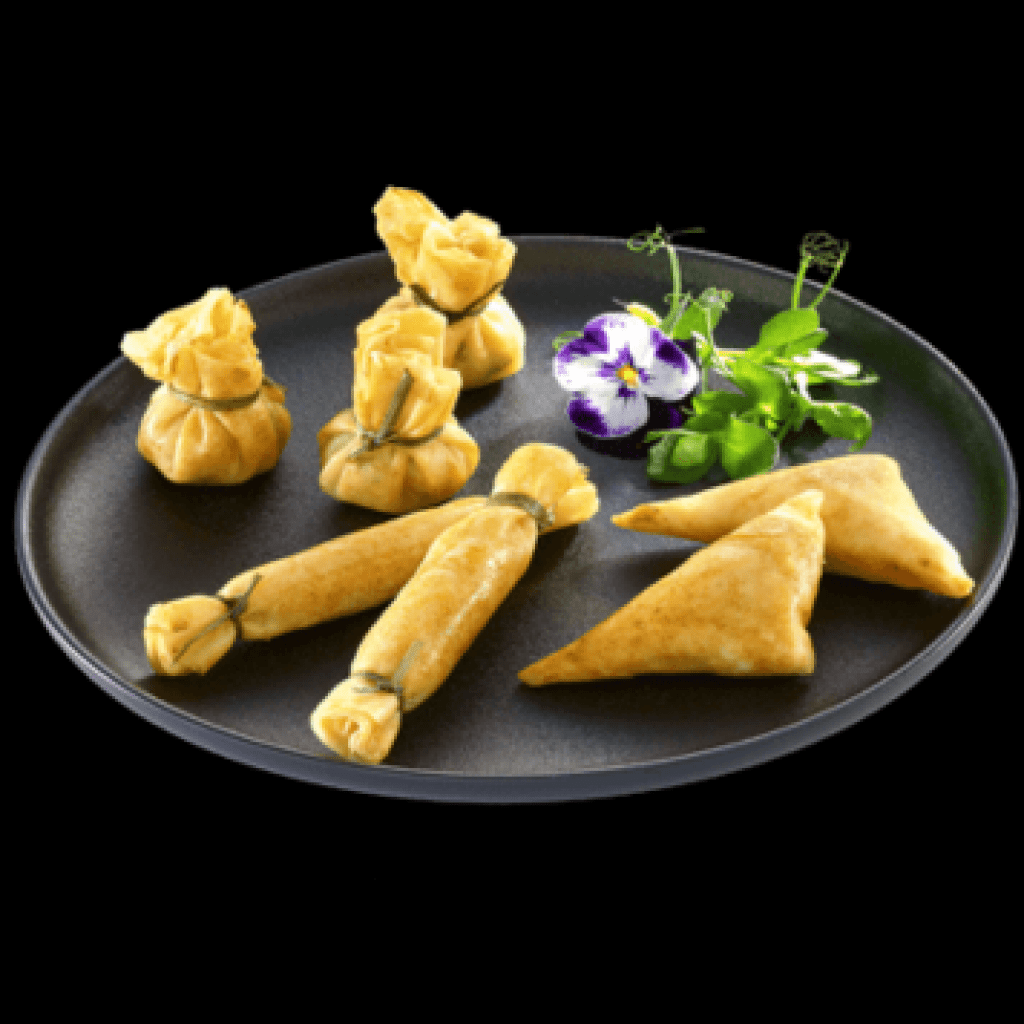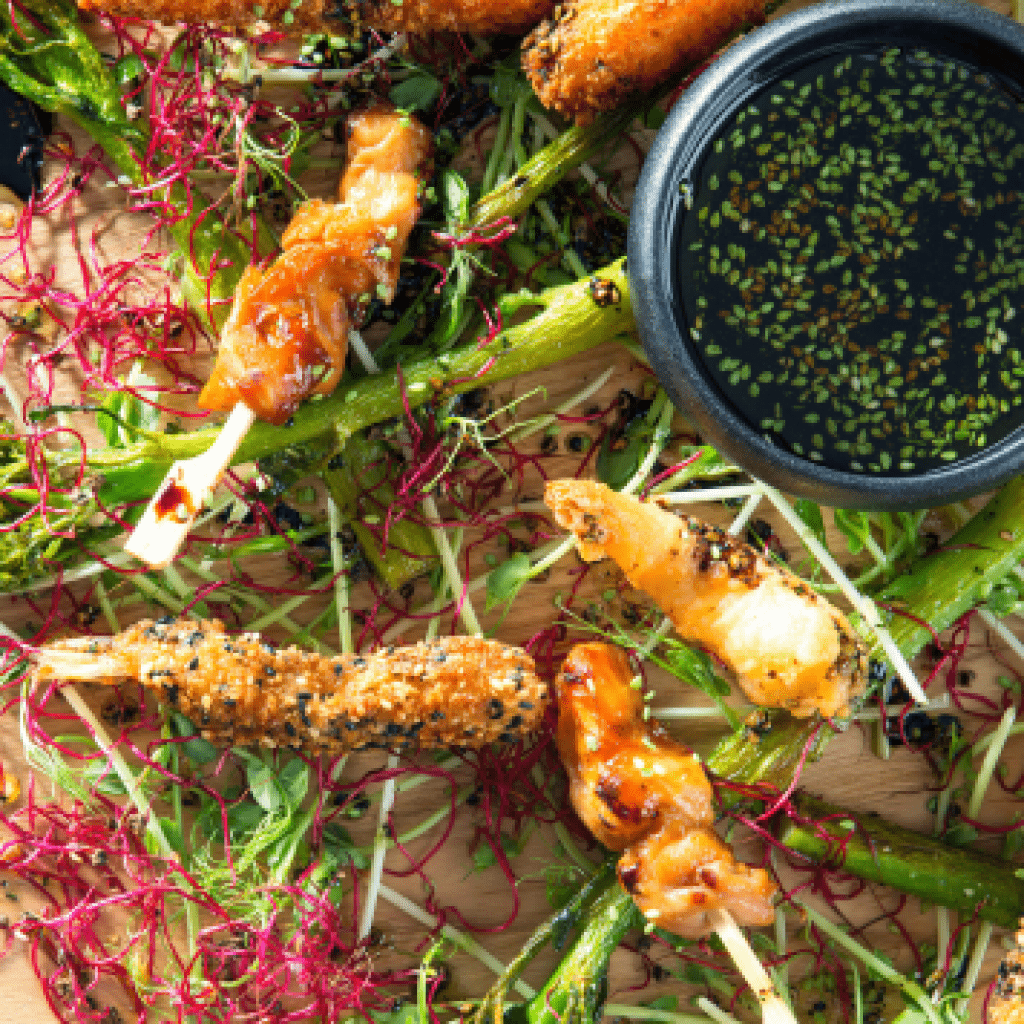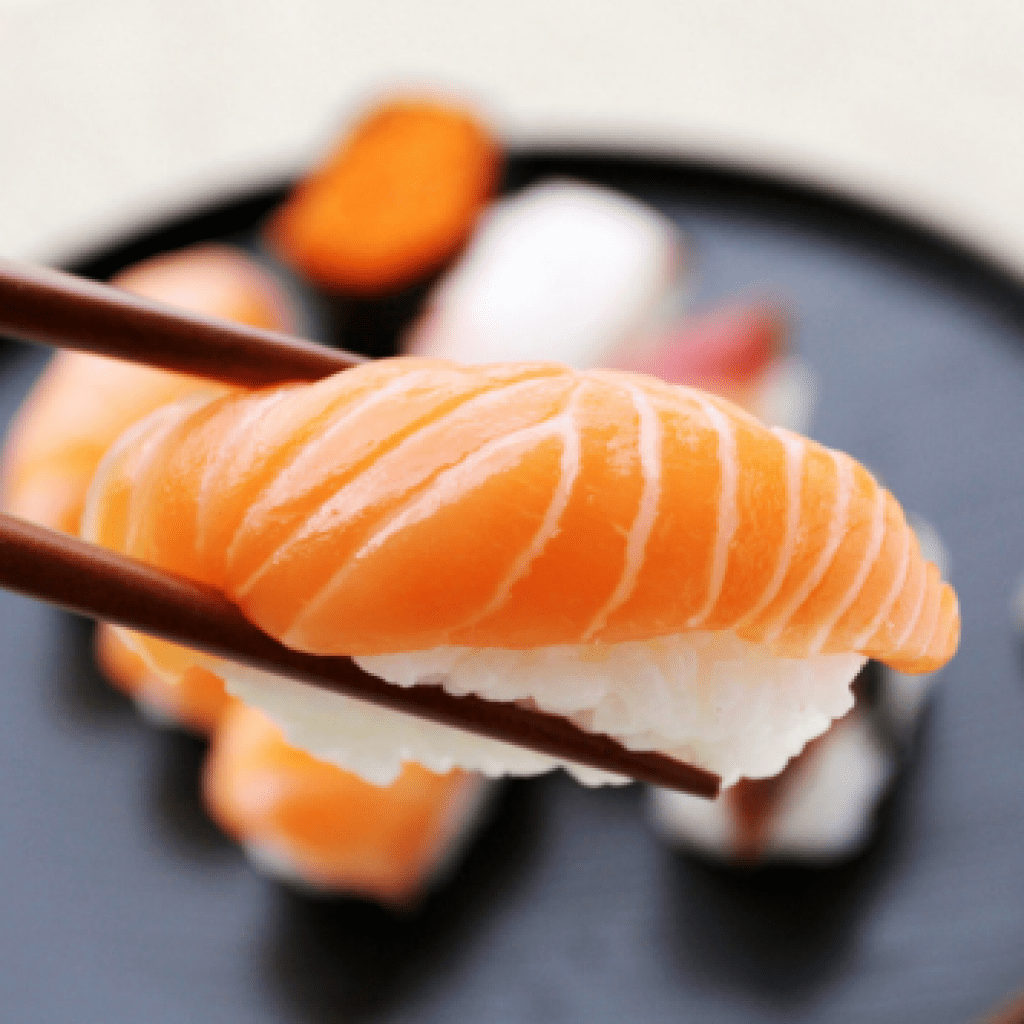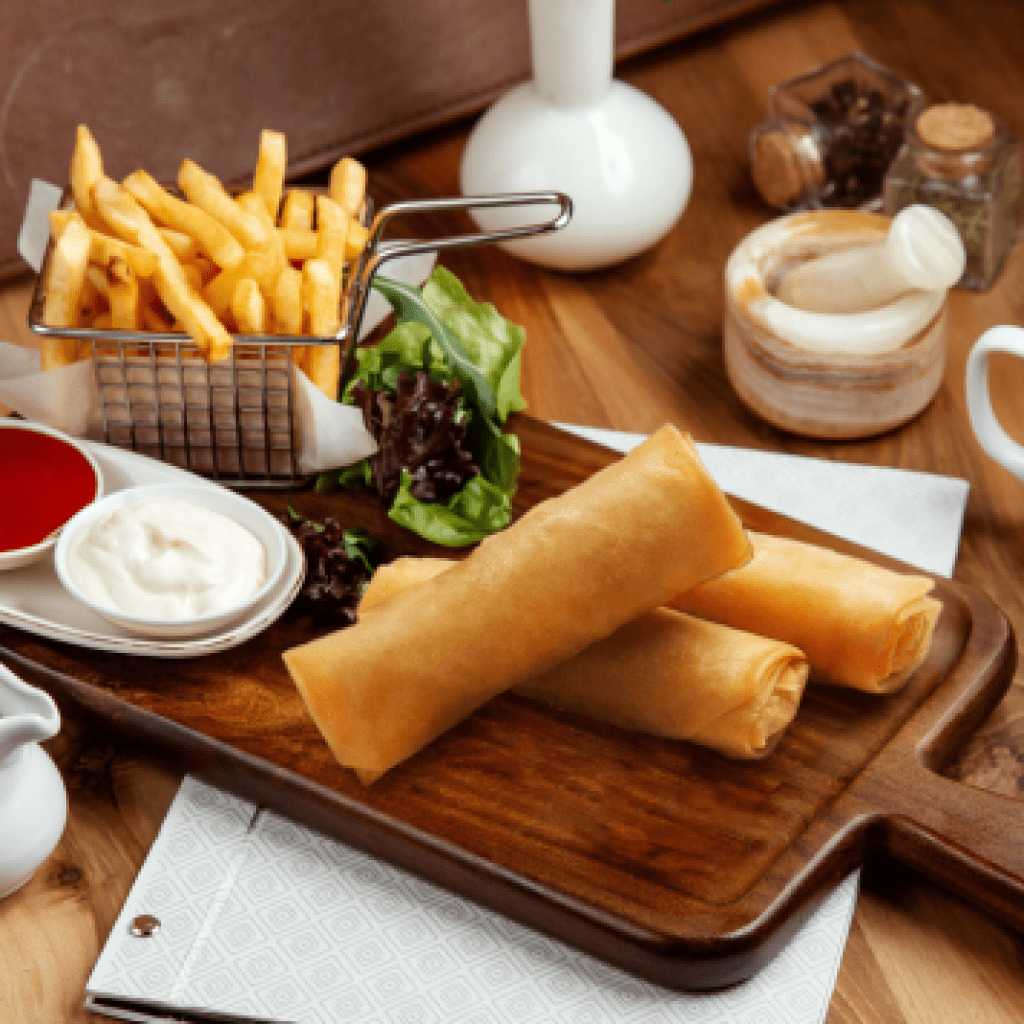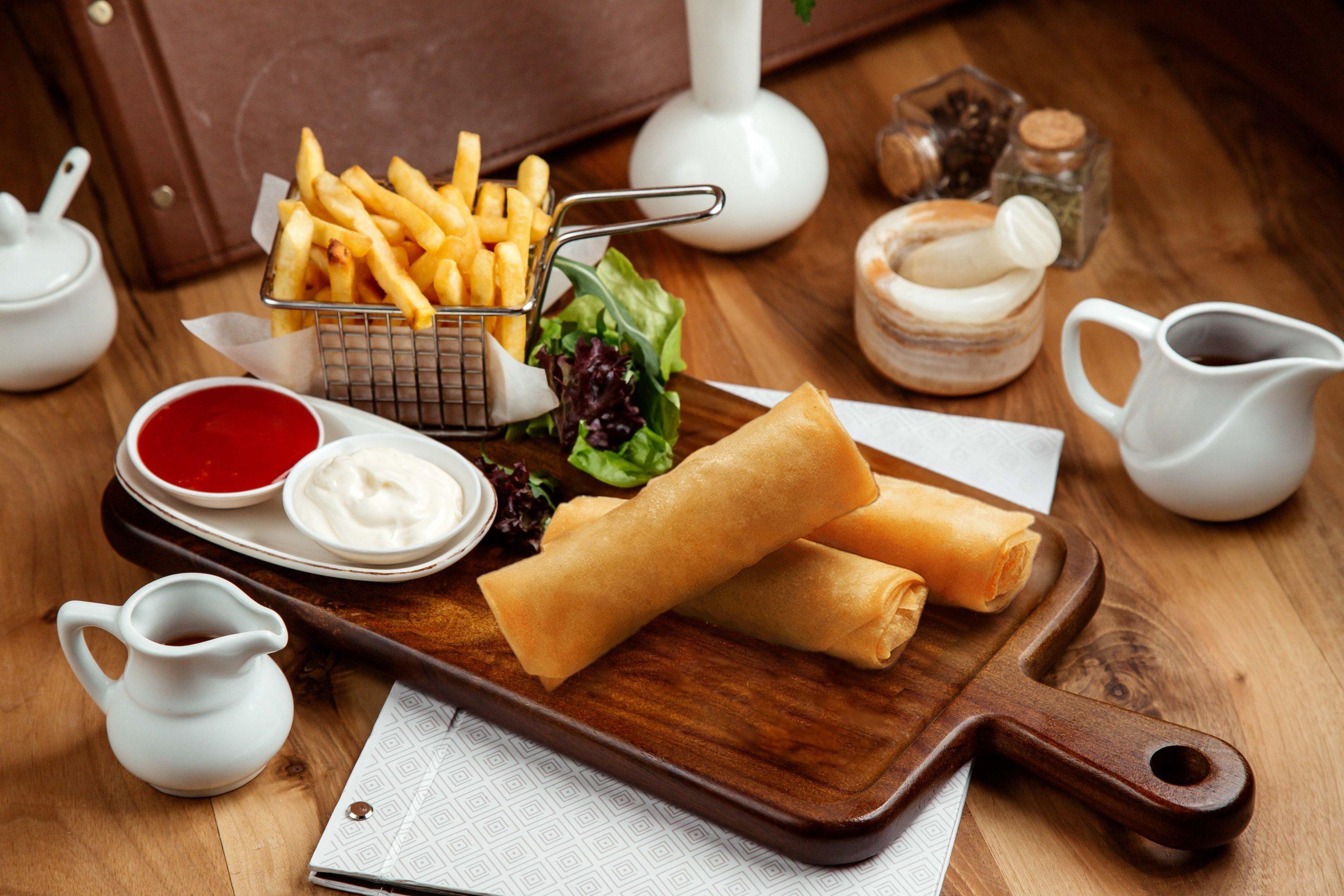
Food is an integral part of any culture. The very first thing that people do when they meet someone from a different culture is to offer them food, so it is safe to say that food may well be a defining trait for cultures.
As Asia and Europe are two distinct continents, the cultures are inherently different, so too are the food and cuisines. Asian foods and Western foods are vastly different in not just portions but also flavours, ingredients, and condiments.
Asian Foods vs Western Foods: Portions
The first difference lies in the portions of the food. Most Asian people would find a portion of Western food much larger than what they are familiar with. In fact, a regular portion of Western foods can easily be considered a jumbo portion in most Asian countries!
One theory for this difference in portions is due to the fact that Western cultures don’t share food as much as Asian cultures. A plate of spring rolls is to be shared between members of the party, while a beefsteak plate is reserved for one only, so the portion has to be even more filling.
Asian Foods vs Western Foods: Flavours
Western foods are infamously known to be bland and tasteless, but that simply is not true. Western foods focus on the robust flavours of the ingredients themselves, which give them a more natural mouthfeel.
Meanwhile, Asian foods put a strong emphasis on spices, so you will almost always find them bitter, sweet, spicy, or sour to a certain degree. Japanese yakitori is a prime example. Sweet and savoury at the same time, these skewers offer a perfect balance of flavours and texture.
Asian Foods vs Western Foods: Ingredients
There is a large gap between the ingredients used in Asian foods and Western foods. Western foods would almost exclusively focus on meat – be it chicken, beef, pork, mutton, or even venison. Vegetables, rice, and potatoes exist as side dishes, and the meal can still go on without these side dishes.
However, in Asian cultures, rice or noodles are always the centre pieces of the meals. Meat and vegetables are also used, but they are there to accentuate the flavours of the dish rather than to replace them. Japanese sushi is a prime example of this. Sushi always goes with rice, and the fish, avocado, or seafood above adds a touch of umami to the mouthfeel.
Asian Foods vs Western Foods: Condiments
When it comes to condiments, both Asian foods and Western foods use them freely in order to elevate their dishes. Western cultures would use ketchup, mustard, and vinegar as condiments, which accentuate the robust flavours. Meanwhile, Asian cuisines rely on more pungent or savoury choices such as soy sauce, fish sauce, and wasabi.
Spring rolls go extremely well with condiments, especially fish sauce. The savoury and salty taste of the sauce will make each crunchy bit even more flavourful, elevating the dish to an orchestra of flavour.
Conclusion
Asian food and Western foods differ a great deal due to the geographical differences between the two continents, but there are still some similarities here and there, especially in the abundance of proteins. Cooking oil is also a common factor between the two kinds of foods.
Whether you wish to enjoy Western foods or Asian foods, both are delicious options with world-class dishes. However, if you wish to enjoy the best Asian snacks from the comfort of your home, check out our full range of authentic frozen Asian foods here.


